
OR
#OPINION
The Arrival of Communist Panchayat System
Published On: May 23, 2024 08:00 AM NPT By: Narayan Manandhar
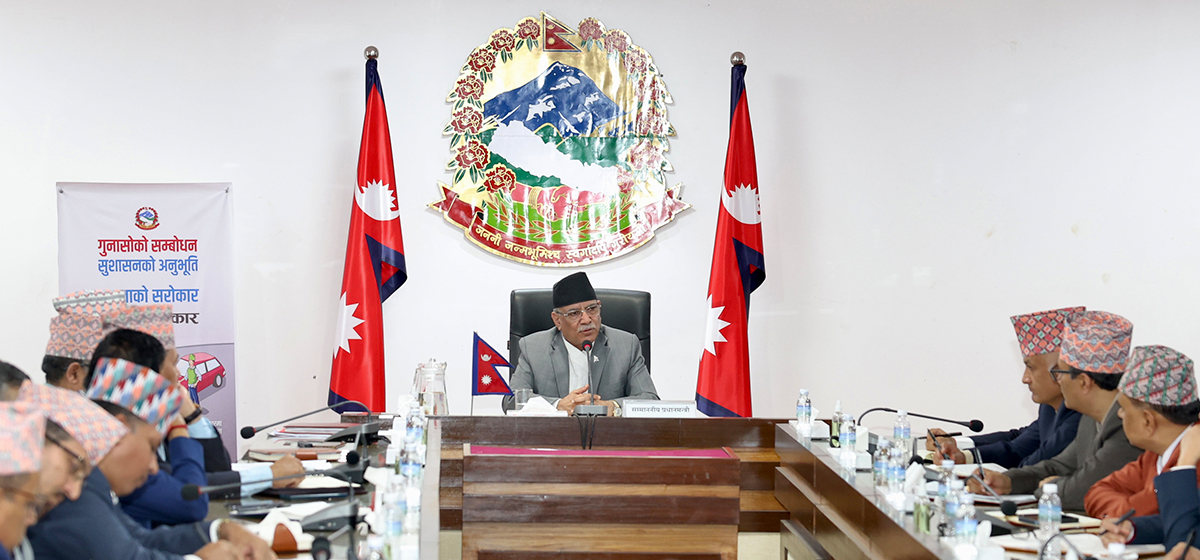
It is not possible to classify political parties into war-tight compartments due to several grey-areas and possibility of grass-hopping MPs.
Amid strong protests and hullabaloo inside the parliament on May 20, the hurried and forced undertaking of vote of confidence by the Speaker heralds an arrival of a new political system in the country. In fact, the tone was set a day earlier when the Speaker gave permission to the incumbent DPM as well as the Minister for Home Affairs Mr. Ravi Lamichhane to clarify his position but barred opposition parties from putting forward their counter arguments.
In the absence of proper vocabulary, I would like to label this new political system as Communist Panchayat System within the facade of the federal democratic republic (FDR) Nepal. To understand the shape of the politics that is gradually metamorphosing within FDR Nepal, one needs to understand the distinct features of the then Panchayat System introduced by King Mahendra, after a military coup in 1960 but quashed after the people's movement in 1990.
The monarchy-led panchayat system survived for 30 years (1960-1990) in the forms of various avatars. These avatars included three distinct phases, each consuming a decade or so: King Mahendra-led Panchayat system (1960-1970), King Birendra-led Panchayat System (1970-1980) and Queen Ashwarya-led Panchayat System or the system introduced after referendum in 1980 till the restoration of multiparty democracy in 1990. In the last phase, the politics was nearly reduced to mafiadom where the then PM Surya Bahadur Thapa called bhumigat giroha, meaning unseen underground mafia running the country.
The forced undertaking of vote of confidence and the on-going parliamentary impasse over cooperative scandal have, literally, polarized Nepal’s politics into two camps - one dominated by communist parties (CPN-UML, Maoist Centre, CPN-US and JSP Nepal faction having a root with CPN-UML) and the new arrivals like RSP, Janamat Party and Nagarik Unmukti Party. The other camp in the opposition is dominated by Nepali Congress Party, so far, supported by RPP, JSP headed by Upendra Yadav faction and LSP headed by Mahanta Thakur and Jana Morcha headed by Chitra Bahadur KC.
Nevertheless, it is not possible to classify political parties into water-tight compartments due to several gray-areas and possibility of grass-hopping MPs. As for example, Janamat Party is evergreen in opposition to Upendra Yadav’s JSP faction, therefore, it is rare to find them sitting together in a single camp. Madhav Nepal’s CPN-US is basically in a gray-area, playing a dual role of opposition as well as supporting the Prachanda Government. Given the opportune moment he can easily shift his alliance. No one is sure about the Nagarik Unmukti Party’s stand without resolving the dispute between the husband (Resham Chaudhary) and the wife (Ranjeeta Shrestha). To summarize, there are non-communist parties within the communist camp and communist parties within the Nepali Congress led opposition camp.
What about RSP and RPP? A friend of mine has branded them as new RPP (RSP) and old RPP. I read elsewhere someone giving a clue: not to be surprised if some day, out of the blue, RSP President Mr. Ravi Lamichhane decided to switch camps as Mr. Rabindra Mishra did with Sajha-Bibeksheel. Many RSP members have Sajha-Bibeksheel background, some observe Buddhanilkantha School (BNKS) in particular.
Though there are several brands of RPP, currently, the one headed by Lingden is supposed to be a liberal one. Also one needs to remember RPP members getting support from CPN-UML during elections.
What will be the look-a-like of this new avatar of the old panchayat system in the garb of communist leaders? Here are some of the clues.
First, the new system will ever give a value to the opposition. This is the prime feature of the then Panchayat System. The key force is authority. The bullying and dashing that is observed in the parliament will be reflected in the streets of Kathmandu and key urban centers. Nepali Congress Party may be poised for launching street demonstrations, probably, after issuing annual programs and budget through ordinance, they will face Panchayat-type brutal measures. Remember, every communist regime gives a penny to its opposition parties.
Second, following from the first one, there will be an extensive and intensive purge in the bureaucracy and in the security forces, something akin to the pajani system during the Rana regime, or filling of “yes-men” during panchayat days.
Third, the concern of the government will be immediate survival, or extracting maximum gain within a minimum time. So far, we are having anecdotal leaking of corruption cases. The country will enter into a strategic phase of corruption where corruption will be used as means to an end. The government will do anything, enter into any kind of treaties and agreements as long as it helps to consolidate its immediate power or give immediate security.
Fourth, there will be increasing pressure on the President, he will probably be cornered from every end, who knows even be harassed to resign. Remember the recent resignation by his political advisor over the issue of printing hundred rupee notes with chuche naksa?
Fifth, there will be a move to dismantle federalism, and ignite the fire of Hinduism - this is to get political support from the South. Whoever comes to power in the South and accentuates the Hindu agenda, there will be freezing of Nepal’s relations with the South. Ongoing move to restore monarchy by raja aau desh bachau will resonate into King Sihanouk type role in communist Cambodia. I don’t see the possibility of a communist king but the possibility of the king of the communists in Nepal.
You May Like This
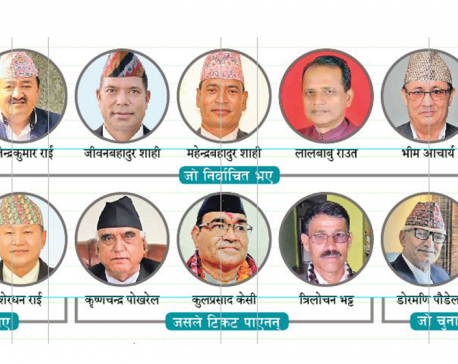
14 CMs in five years: 7 won elections, two lost
KATHMANDU, Nov 27: The concept of federalism adopted by the Constitution of Nepal, 2072 BS, was implemented in the year... Read More...

Protest launched demanding Dharan as Province 1 capital
DHARAN, May 5: At a time when the parliament of Province 1 is struggling to fix its name and permanent capital,... Read More...

On ethnic federalism
Federalism based largely on ethnic grounds is a necessity for the marginalized Madhesis and Janjatis to feel secure in... Read More...

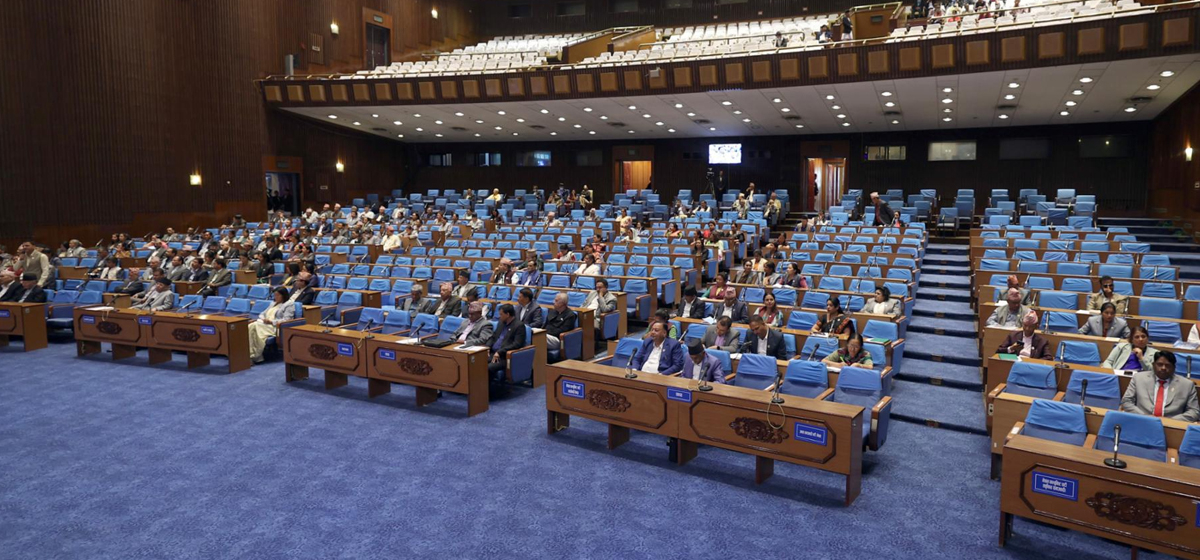
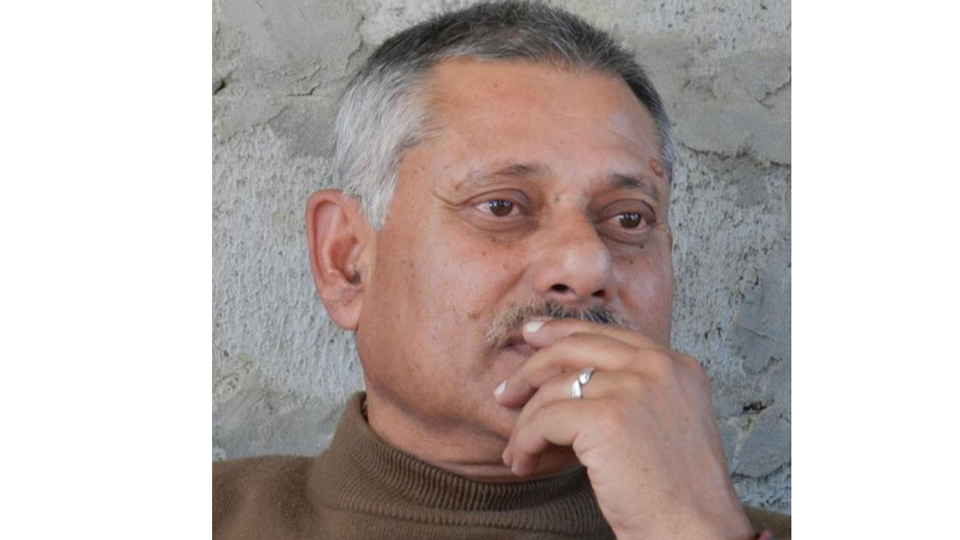
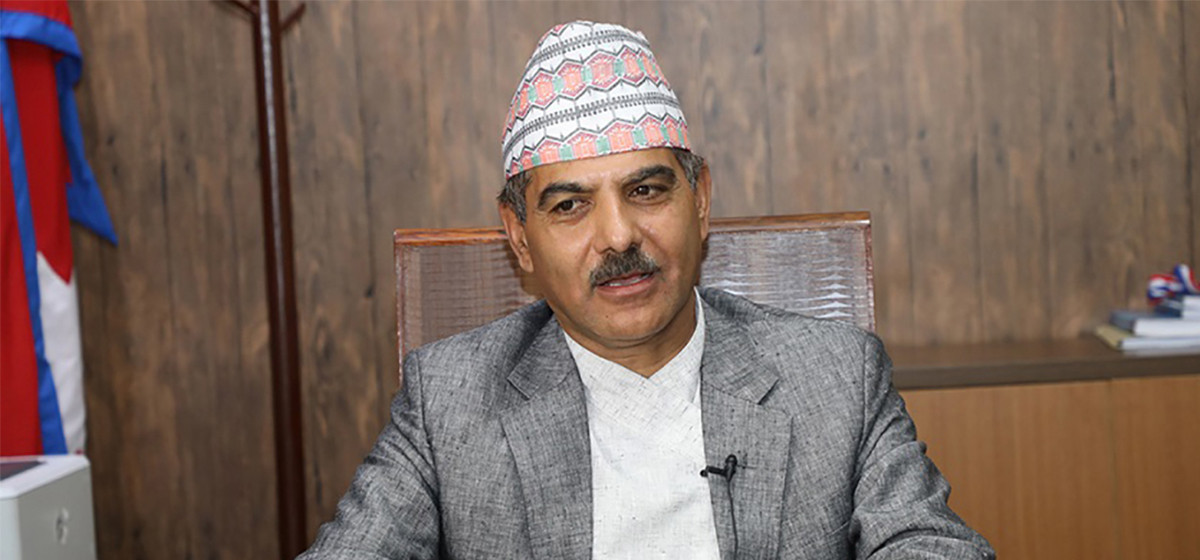

Just In
- Govt creates special post for suspended Chief Secretary Aryal, similar to Lokman Singh Karki
- Expect no flexibility in upcoming monetary policy: Governor Adhikari
- WikiLeaks founder Assange to be 'free man' after US plea deal
- NEPSE inches up 5.60 points; daily turnover falls to Rs 4.18 billion
- SC rejects Kedar Karki’s petition against Koshi Province govt
- Shuklaphanta declared fully-vaccinated municipality
- Buddha Air acquiring ATR 72-500 series aircraft, expanding fleet to 18
- Nepal’s six metropolises have a combined annual budget of about Rs 54 billion




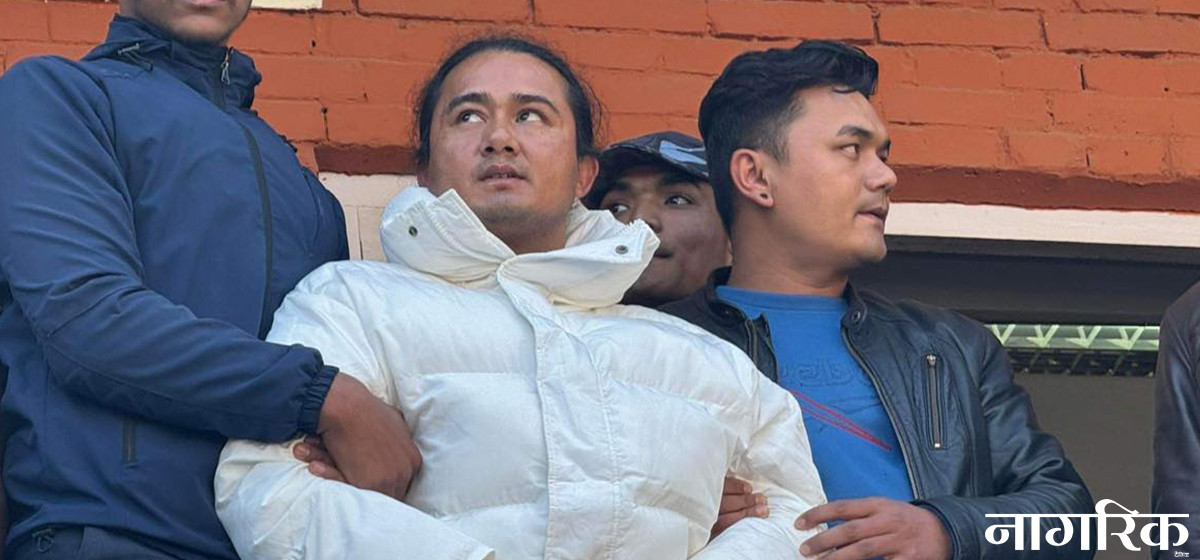


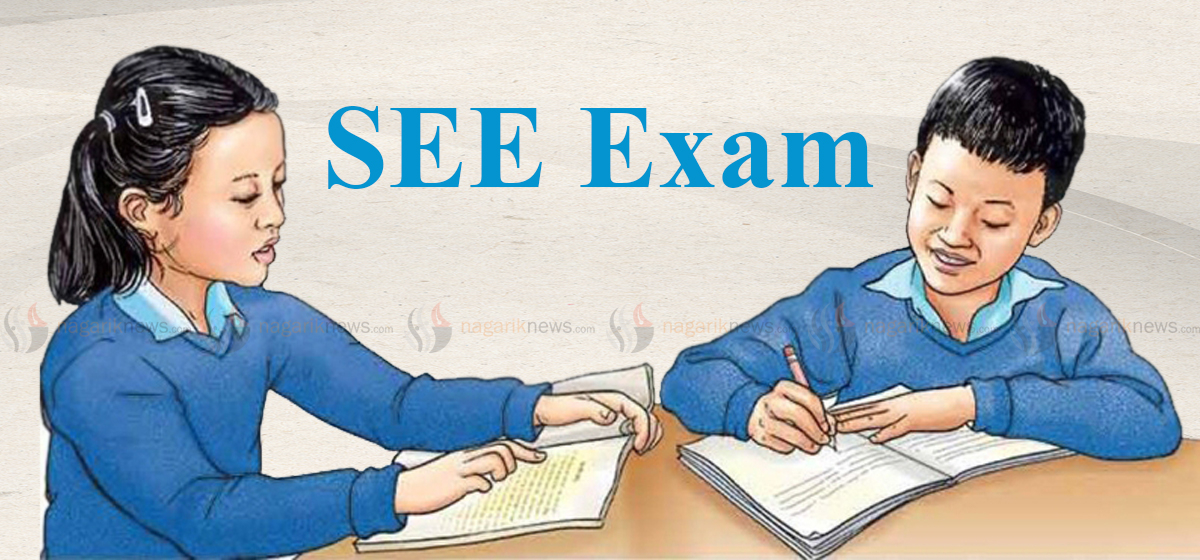

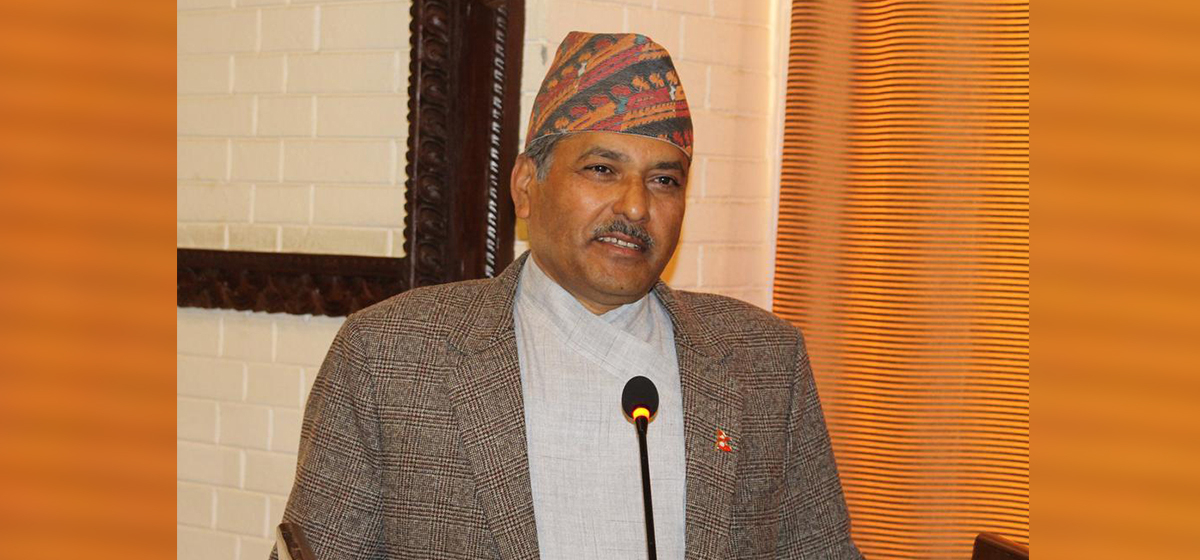

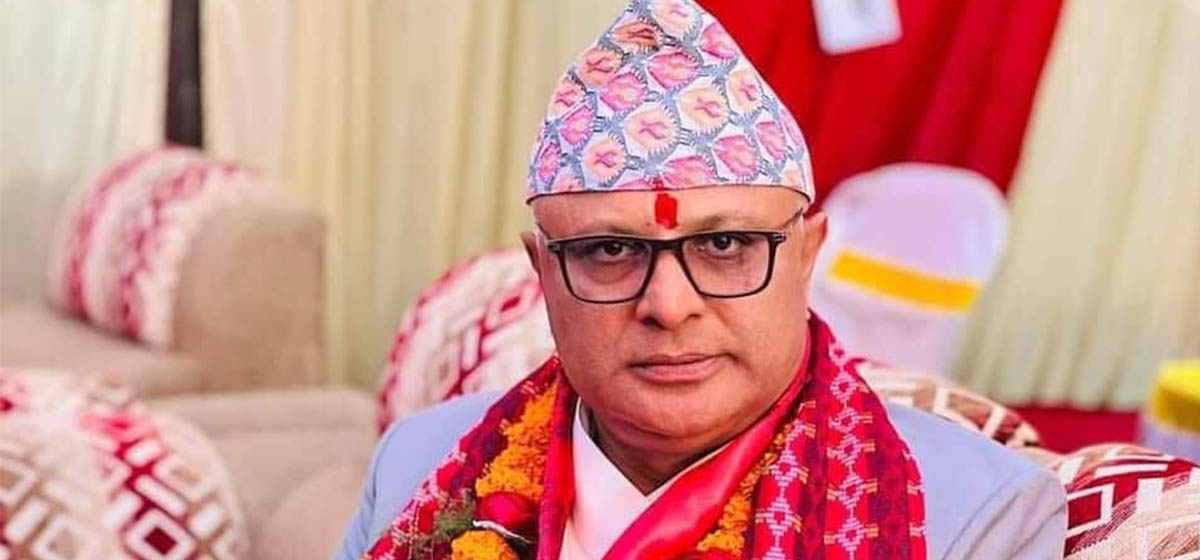
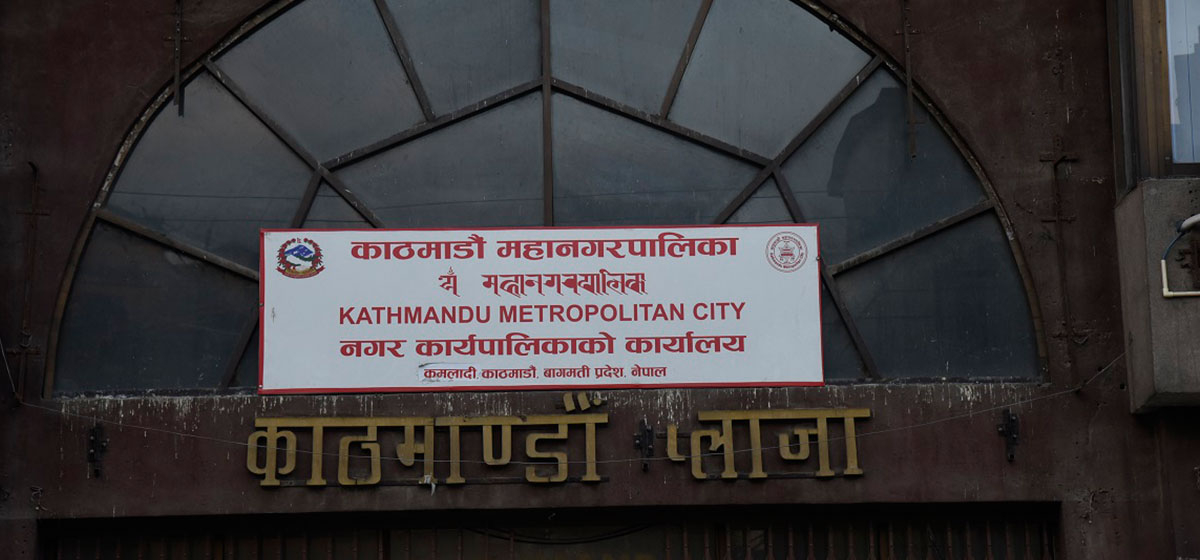
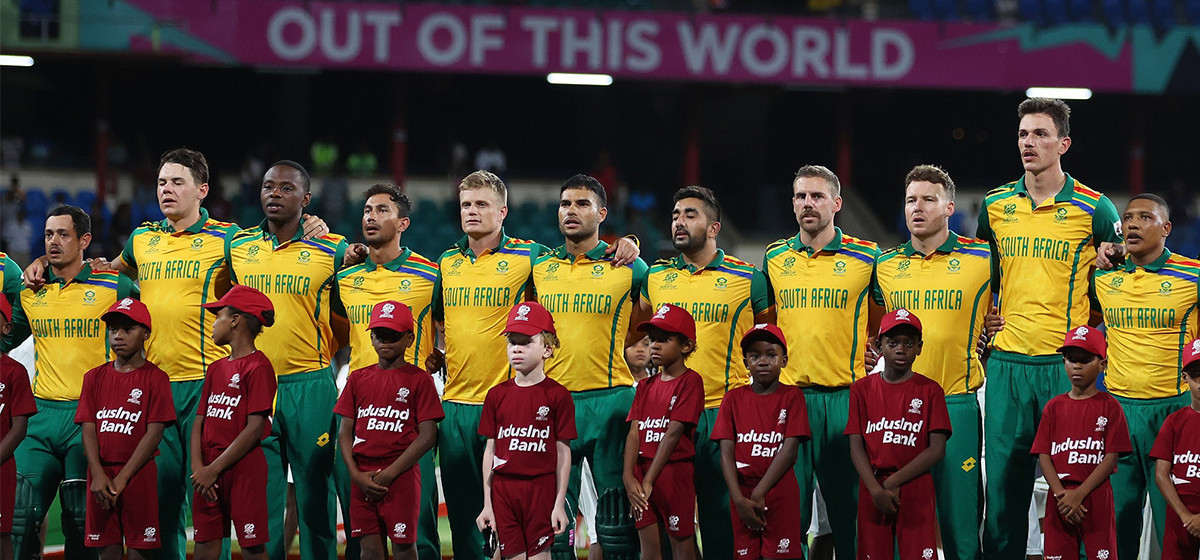
Leave A Comment